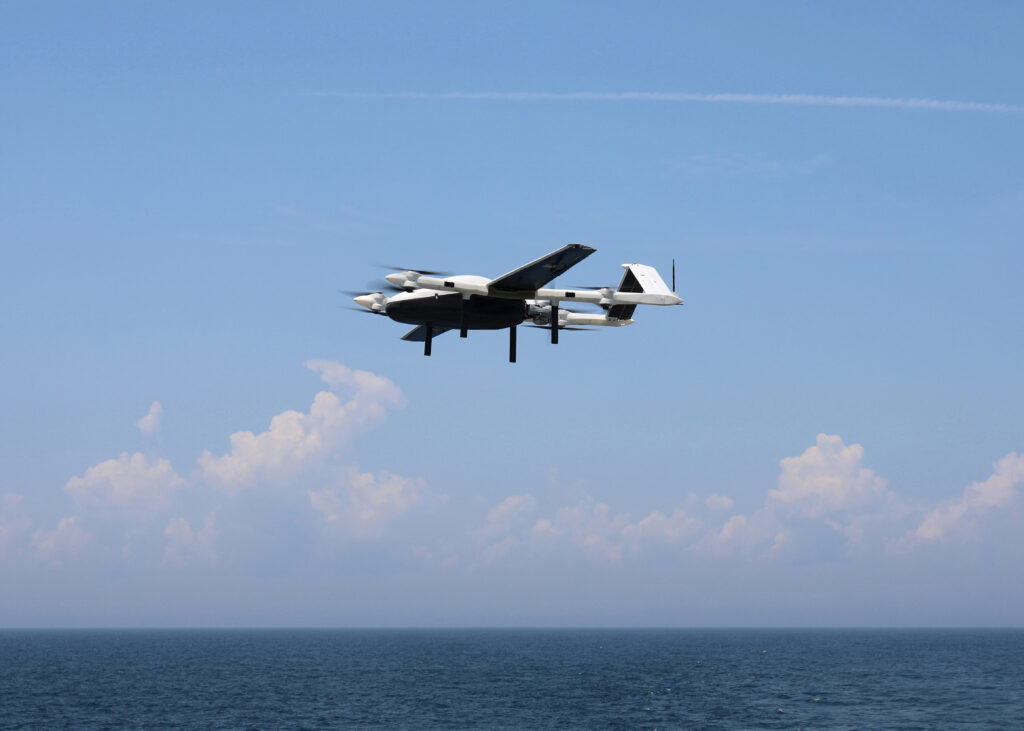
NATIONAL HARBOR, Md. — In an era when the defense acquisition process often appears ponderous and painfully slow, the Naval Air Warfare Centers have a “sense of urgency” and, the organization, talents and authorities to move needed improvements to naval aircraft and systems from concept to fielding in a fraction of the expected time. That speed of achievement is a weapon of war,” Jerry Swift, director AIRWorks, a division of the Naval Air Warfare Center Aircraft Division (NAWCAD), said April 6.
The network of NAWCs can move quicker than the standard acquisition process due to the ability to quickly scan commercially available technologies, work with industrial partners on acquiring needed components, and internally performing rapid prototyping and testing, Swift said in a briefing at Sea-Air-Space 2022. And it has authorities Congress provided in acquisition reforms to execute that accelerated process, he said.
The NAWCs do not produce aircraft, but they assess the capabilities of those platforms, identify gaps and then move rapidly to find, test and field the needed improvements, Swift said. He offered the example of meeting the need of a blue water logistic program for a small unmanned aircraft with vertical takeoff and landing capability with a 50-pound payload. They screened the available systems, quickly trim the list and within a year conducted shore-to-ship, then ship-to-ship ability and fielded the system in less than the normal multi-year time frame, he said.
He also listed similarly rapid development and fielding of a way to install a number of anti-mine technologies into a pod that is now being deployed on the MQ-8C Fire Scout UAV, and a gunner’s seat for the MH-60 helicopters that reduced the gunner’s back problems on long missions and could withstand the impact of a hard landing. That seat is now fielded in the entire MH-60 fleet, he said.
The centers’ work is guided by the demands from NAWCAD commander Rear Adm. John Lemmon, to install a “sense of urgency,” and from Vice Adm. Carl Chebi, commander of Naval Air Systems Command.
“We’re here to make sure that Navy and Marine Corps aviation remains relevant,” he said.




